✓ Joining us on our Whatsapp Channel: 💬 Explore and Escape!.
Booking through us:
✓ 🏩 🛌 Handpicked Luxury Stays in Budget: Booking.com | Agoda.com
✓ 🍹⛱️ Deals on Private xfers, SIM Cards, City tours, Day trips : 📍🗺️ GetYourGuide | 🛵🧳 Klook
If you have seen the landmarks in Europe
, you’d know there are quite a few of them are here in Bulgaria.Bulgaria, a nation nestled in southeastern Europe like a precious gemstone, boasts a plethora of landmarks that are as varied and captivating as the country’s rich history.
From the towering peaks of the Rila Mountains to the winding banks of the Danube River, each landmark is illuminated by its own unique story, a tale of resilience and beauty that has stood the test of time.
Let’s embark on a journey to explore the magnificent landmarks of Bulgaria, a journey that will undoubtedly leave an indelible mark on our hearts.
1. Rila Monastery
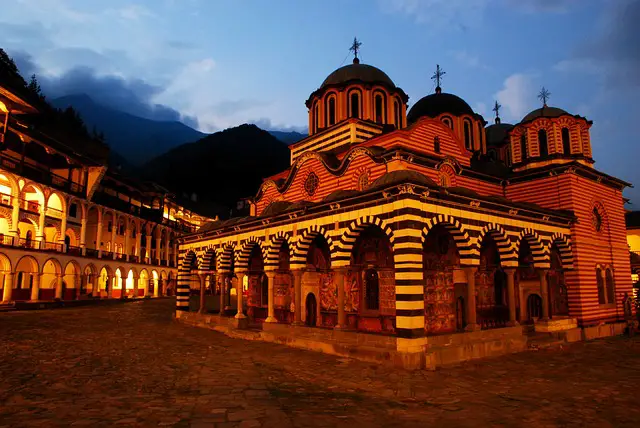
Rila Monastery is a historic monastery located in the Rila Mountains of Bulgaria. It is one of the most popular tourist destinations in the country and a UNESCO World Heritage Site.
What to see or do: Visit the main church and admire the 19th-century frescoes, climb the adjacent bell tower for panoramic views of the surrounding area, explore the Monastery Museum for a glimpse into Bulgarian history and iconography.
Don’t miss: The Nativity of the Virgin Church for its impressive wood-carvings, the Hrelyo’s Tower for its medieval architecture, and the impressive collection of rare books and manuscripts in the monastery library.
Insider travel tips: – Visit early or late in the day to avoid crowds.
2. Alexander Nevsky Cathedral
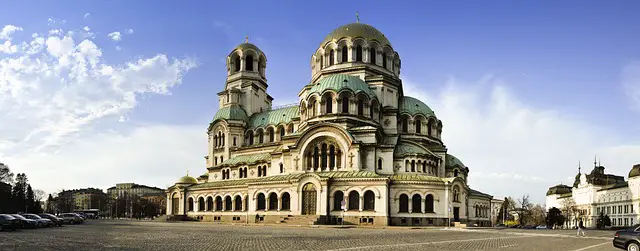
An orthodox cathedral located in the heart of Tallinn, Estonia.
What to see or do: Admire the beautiful architecture of the cathedral and its interior. Attend a religious service or join one of the many concerts held here.
Don’t miss: The stunning golden icons, elaborate murals, and intricate mosaics that decorate the cathedral.
Insider travel tips: It’s best to visit early in the morning or late in the afternoon to avoid the crowds. Don’t forget to dress appropriately and remove your hat before entering.
Photography is not allowed during religious services.
3. Tsarevets Fortress
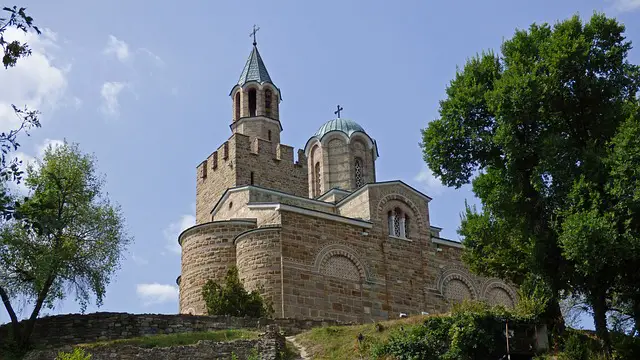
What to see or do: Explore the ruins of the fortress and its many buildings, including the royal palace, the patriarchate, and the remains of over 400 houses.
Take in the spectacular views of Veliko Tarnovo and the Yantra River from the top of the hill.
Don’t miss: The Sound and Light show that takes place every evening during the summer months.
The show brings the history of the fortress to life with a stunning display of light, sound, and music that tells the story of the Second Bulgarian Empire and the battles that took place on the hill.
Insider travel tips: Wear comfortable shoes and be prepared for a steep climb to the top of the hill. Bring plenty of water and sunscreen, as there is little shade on the hill.
Try to visit early in the day or later in the afternoon to avoid the crowds and the heat. Take a guided tour to learn more about the history of the fortress and the Second Bulgarian Empire.
4. Belogradchik Rocks
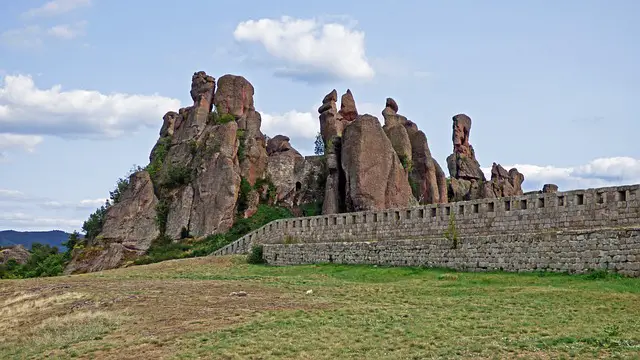
Belogradchik Rocks is a unique rock formation in the northwestern part of Bulgaria.
What to see or do: Take a scenic walk or hike along the marked routes for breathtaking views of the rocks. Marvel at the shapes and sizes of the rocks, and the natural way in which they have formed.
Visit the Belogradchik Fortress, which dates back to Roman times and is built into the rocks themselves.
Don’t miss: The natural amphitheater formed by the rocks, where various concerts and cultural events take place throughout the year. Also, make sure to witness the stunning sunset over the rocks, which is truly a magical experience.
Insider travel tips: – Visit during the low season to avoid the crowds and get a more peaceful experience.
5. Bachkovo Monastery

Bachkovo Monastery is a medieval Orthodox Christian monastery located in the Rhodope Mountains in Bulgaria.
What to see or do: Visitors can see the main church, which features stunning frescoes and iconography, and tour various buildings on the monastery grounds. The peaceful and serene atmosphere of the monastery provides a great opportunity for reflection and meditation.
Don’t miss: The main attraction of Bachkovo Monastery is the Church of the Virgin Mary, which dates back to the 11th century. The church is known for its intricate frescoes, which depict biblical scenes in stunning detail.
Insider travel tips: – Visitors should dress modestly when visiting the monastery and be respectful of the monks and their way of life.
6. Seven Rila Lakes
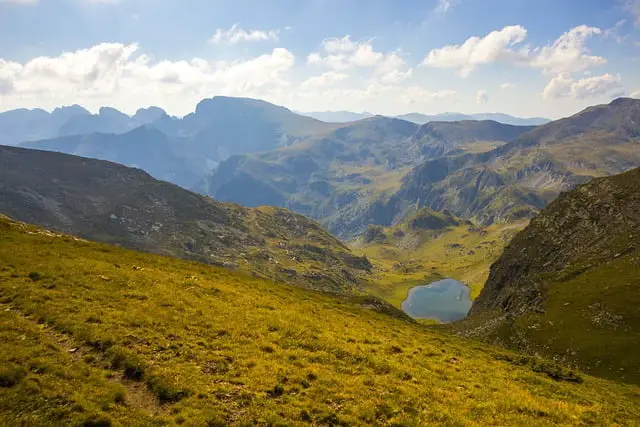
A group of seven glacial lakes located in the Rila Mountains in Bulgaria.
What to see or do: Hike around the lakes and take in the stunning views of the surrounding mountains. You can also swim in the lakes during the summer months.
Don’t miss: The highest lake, named The Tear, which offers the best panoramic view of the other lakes from above.
Insider travel tips: The best time to visit is between July and September, as the weather is warm and the trails are clear. Wear comfortable hiking shoes and bring plenty of water and snacks.
Note that there is an entrance fee for the national park where the Seven Rila Lakes are located.
7. Plovdiv Roman Theater
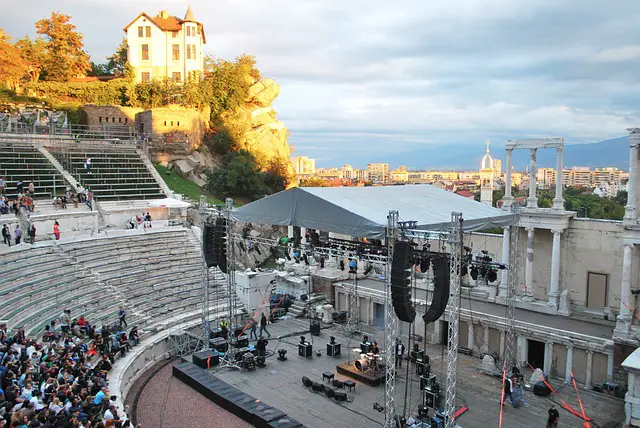
An ancient open-air theater in the city of Plovdiv, Bulgaria, built in the 1st century AD during Roman rule.
What to see or do: Experience the breathtaking acoustics and marvel at the architecture of the ruins. Visitors can see the preserved seats, stage, and backstage area.
Don’t miss: The annual “Opera Open” festival held every summer, where world-renowned opera singers perform in the theater.
Insider travel tips: Visit during the summer months to catch a concert or performance in the historic space. For an even more serene experience, visit early in the morning before the crowds arrive.
8. Rozhen Monastery
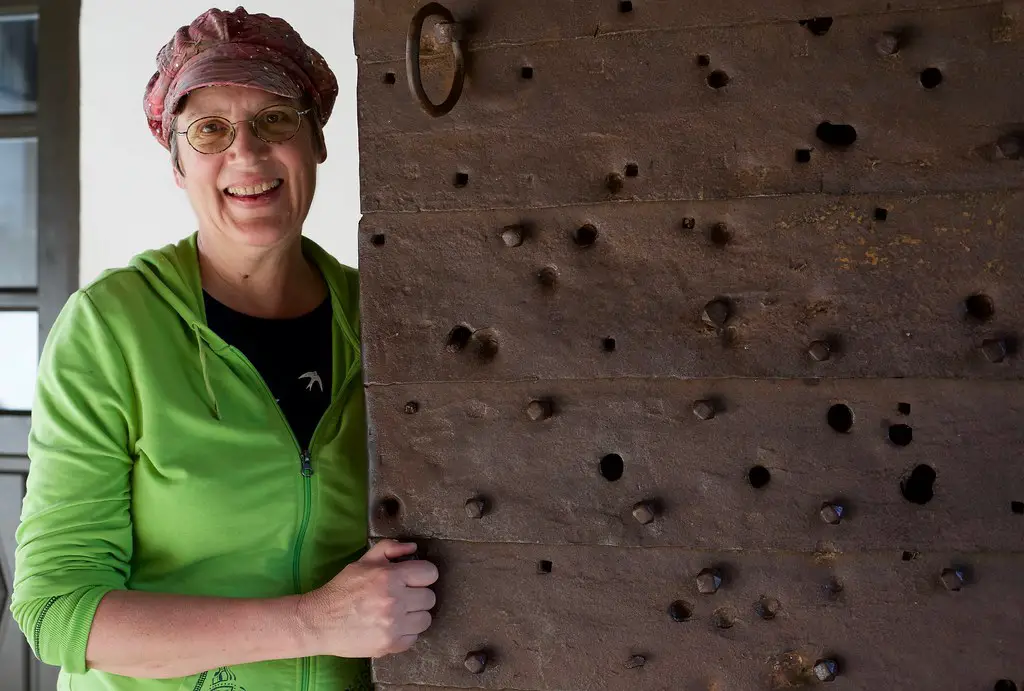
Rozhen Monastery is an Eastern Orthodox monastery located in the Pirin Mountains of southwestern Bulgaria.
What to see or do: Visitors can tour the monastery’s beautiful frescoes and ornate architecture. The monastery also hosts an annual folk festival in August, featuring traditional music, food, and crafts.
Don’t miss: Don’t miss the chance to explore the peaceful monastery grounds and take in stunning views of the surrounding mountains.
Insider travel tips: – Wear comfortable shoes for walking around the monastery, as the terrain can be uneven.
9. Devetashka Cave
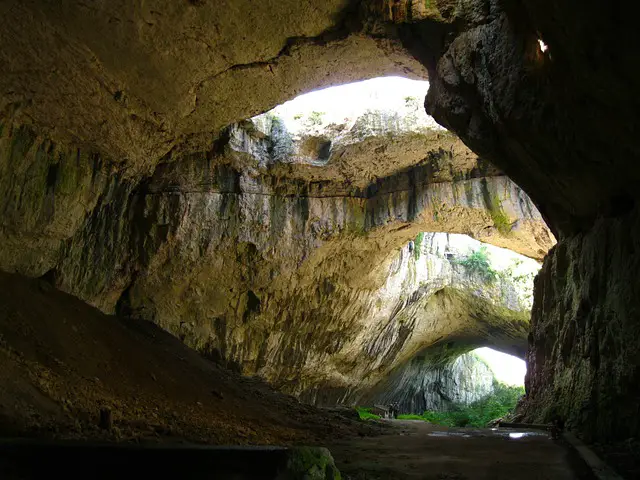
Devetashka Cave is a massive karst cave in Bulgaria, known for its unique geological formations and bat population.
What to see or do: Visitors can explore the awe-inspiring cave system on a guided tour, which includes stunning views of stalactites and stalagmites, underground lakes and rivers, and enormous halls.
Additionally, the cave is home to one of the largest bat colonies in Europe, making it a popular spot for wildlife enthusiasts and photographers.
Don’t miss: The highlight of the cave is the enormous Hall of the Thrones, which measures around 2,400 square meters and features jaw-dropping natural architecture.
Another must-see is the subterranean river, which flows through several of the cave’s chambers.
Insider travel tips: – Visitors should wear comfortable and sturdy shoes, as the cave can be slippery and rocky in parts.
10. Boyana Church

A medieval Orthodox church located in the outskirts of Sofia, Bulgaria.
What to see or do: Admire the impressive frescoes dating back to the 11th, 13th, and 16th centuries which depict biblical scenes and episodes from the life of Saint Nicholas.
Don’t miss: The unique portraits of the donors who financed the frescoes, presenting the fascinating fashion and hairstyles of the Bulgarian nobility in the Middle Ages.
Insider travel tips: – Book your tickets in advance to skip the long queues at the entrance.
11. Nessebar Old Town

Nessebar Old Town is a beautiful and historic UNESCO-listed town on the Black Sea coast of Bulgaria.
What to see or do: Explore the narrow cobbled streets of the Old Town, which dates back to the 6th century BC. Admire the Byzantine and Bulgarian architecture, including the picturesque wooden houses with their wide balconies and overhanging eaves.
Visit the 11th-century St Stephen’s Church, with its beautifully preserved frescoes, and the 13th-century Church of Christ Pantocrator, with its stunning black and white marble façade.
Don’t miss: Take a walk along the Old Town’s fortified walls, which were built by the Byzantines in the 5th century and expanded over the centuries.
From here, you can enjoy beautiful views of the Black Sea and the modern part of Nessebar.
Insider travel tips: Visit early in the day to avoid the crowds, especially in peak season.
12. Asen’s Fortress

A medieval fortress located in the Rhodope Mountains of Bulgaria.
What to see or do: Asen’s Fortress is a must-visit for history buffs and nature enthusiasts alike. Take a scenic hike to the top of the fortress and explore the remains of the ancient walls and towers.
Enjoy breathtaking panoramic views of the surrounding landscape.
Don’t miss: The reconstructed medieval church of St. Mary, which is still used for religious services today.
Also, be sure to see the “Golden Gate,” a well-preserved entrance into the fortress.
Insider travel tips: Wear comfortable shoes for the hike, and bring plenty of water and sunscreen. Visit in the early morning or late afternoon to avoid the midday heat and crowds.
If you’re interested in learning more about the fortress’s history, consider hiring a local guide.
13. Vrana Palace
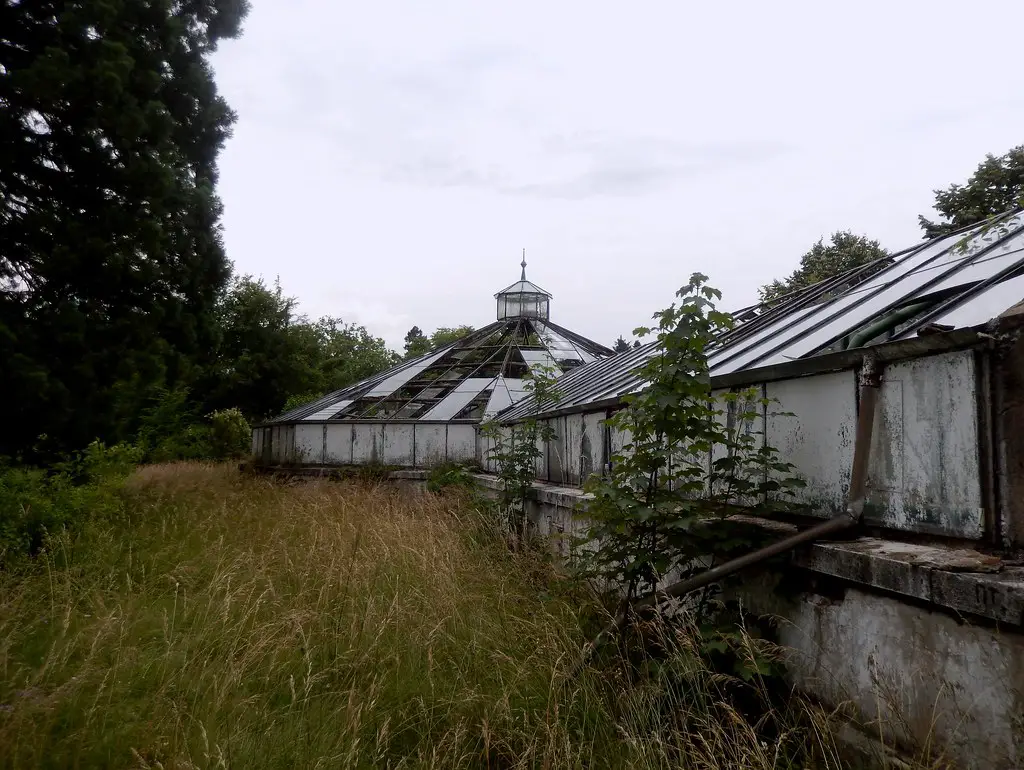
A historic palace located in Sofia, Bulgaria, that served as the residence of Bulgaria’s monarchs during the 19th and early 20th centuries.
What to see or do: Visitors can explore the beautifully preserved interiors of the palace, which feature elegant furnishings, artwork, and decorative elements. The extensive gardens surrounding the palace are also worth a visit.
Don’t miss: The peacocks that roam freely throughout the gardens, offering a colorful and unexpected sight.
Insider travel tips: Be sure to check out the palace’s collection of horse-drawn carriages, which provides a fascinating glimpse into the transportation methods of Bulgarian royalty.
Plan to spend at least a few hours exploring the palace and its grounds, and consider hiring a guide to provide additional historical context.
14. Shipka Pass

Shipka Pass is a mountain pass located in Bulgaria’s Balkan Mountains.
What to see or do: The pass offers breathtaking natural scenery that is perfect for hiking, trekking or even taking a scenic drive. Visitors can explore the Shipka Memorial Church and Shipka Monument, which commemorate the country’s battles against the Ottoman Empire.
Don’t miss: Don’t miss the stunning views from the top of the pass, including the surrounding mountains and valleys. Additionally, the monument and church are both must-see destinations for history buffs.
Insider travel tips: – The best time to visit is in the summer months, between June and September, when the weather is mild and perfect for outdoor activities.
15. Melnik Pyramids

Unique natural rock formations located in Melnik, Bulgaria.
What to see or do: Admire the striking pillars that resemble pyramids, explore the surrounding area, and visit nearby wineries.
Don’t miss: A sunset view of the pyramids, which turns the rock formations a beautiful shade of pink.
Insider travel tips: The best time to visit is in the fall or spring when the weather is mild and the crowds are smaller.
Try the local wine, which is renowned for its richness and flavor. Wear comfortable shoes, as the terrain can be rocky and uneven.
16. Perperikon
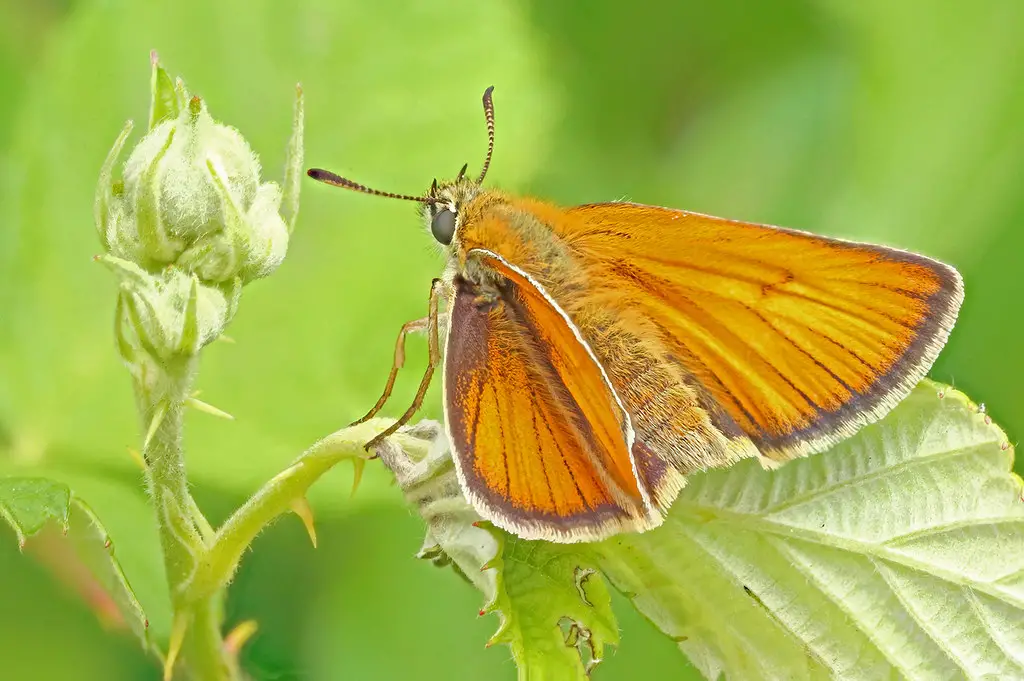
Perperikon is an ancient Thracian city and fortress located in the Eastern Rhodopes in Bulgaria.
What to see or do: Explore the impressive ruins of the city and fortress, including the Acropolis, the Temple of Dionysus, and the Palace Complex. Admire the stunning views of the surrounding landscape.
Don’t miss: The Sun Sanctuary, a fascinating structure that was used for astronomical observations and rituals.
Insider travel tips: – Wear comfortable shoes as there are many stairs and steep paths to navigate.
17. Kaliakra Cape
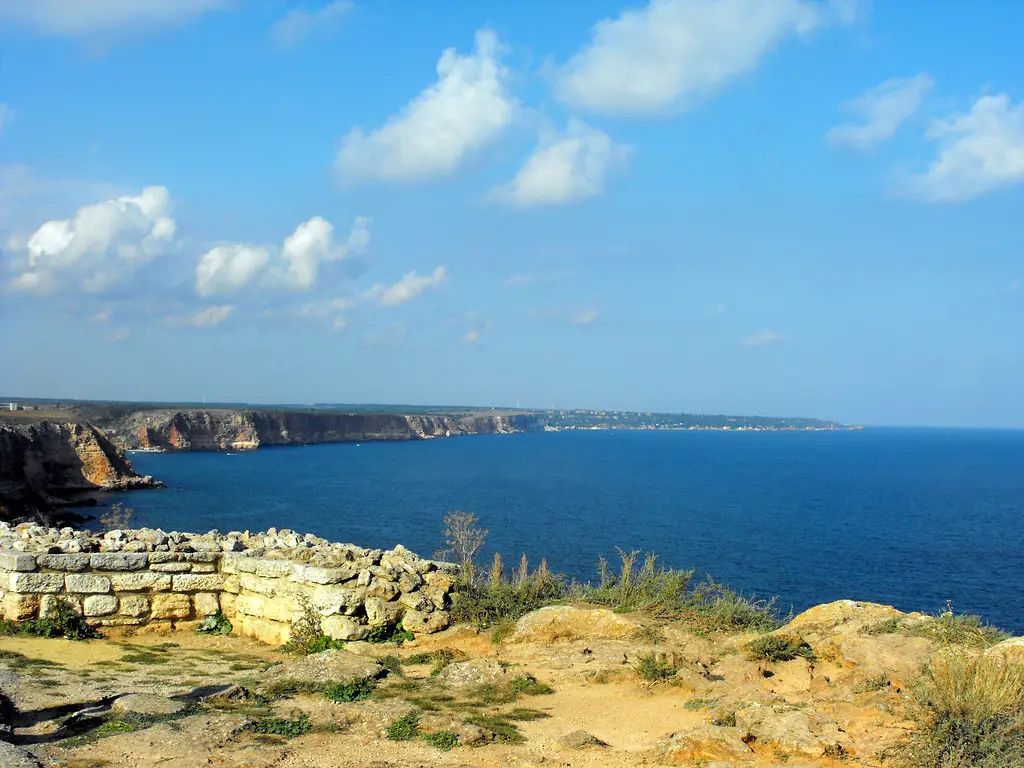
Kaliakra Cape is a beautiful headland on the Bulgarian Black Sea coast, known for its stunning natural scenery and rich historical heritage.
What to see or do: Visitors can hike along the cape’s winding mountain trails while enjoying breathtaking views of the sea. The cape also hosts several historical landmarks, including a medieval fortress and the ruins of an ancient Greek colony.
There is also a small museum on site and a dolphin watching tour option.
Don’t miss: Watching the colorful sunset over the sea from the cape’s scenic viewpoint is a truly unforgettable experience that shouldn’t be missed.
Insider travel tips: Make sure to bring sunscreen and a hat, as the sun can be very strong on the cape. It’s also a good idea to wear comfortable walking shoes, as many of the trails are rocky and steep.
For a less crowded experience, it’s best to visit early in the morning or later in the afternoon.
18. Madara Rider

A UNESCO World Heritage Site located in northeastern Bulgaria, featuring a large relief carving of a horseman known as the Madara Rider.
What to see or do: Admire the impressive 23-meter high rock relief sculpture depicting a horseman, and explore the surrounding area with ancient Thracian, Roman and medieval ruins.
Don’t miss: The beautiful scenery of the nearby Madara Plateau, particularly the stunning views from the top of the plateau.
Insider travel tips: Visit in the early morning or late afternoon to avoid crowds, and wear comfortable shoes to explore the surrounding area. Consider hiring a guide to fully appreciate the historical and cultural significance of the site.
19. Thracian Tomb of Kazanlak
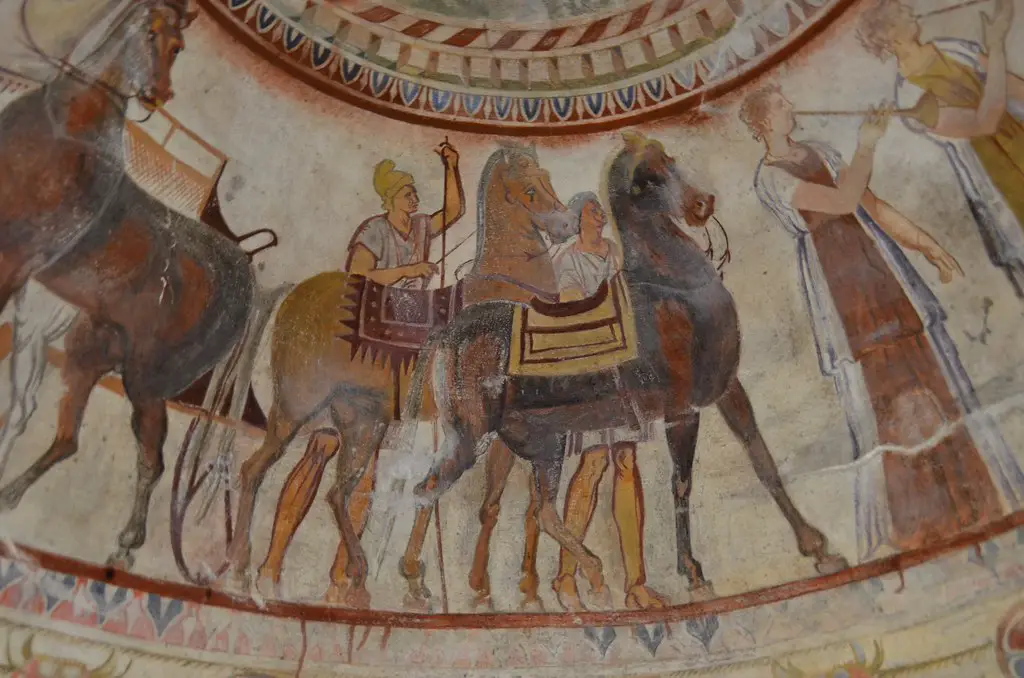
A UNESCO World Heritage Site, the Thracian Tomb of Kazanlak is a 4th-century BC burial site of a Thracian nobleman.
What to see or do: Admire the exquisite frescoes that depict scenes from the life of the deceased as well as Greek gods and goddesses.
Don’t miss: The central chamber, which houses the main sarcophagus, is the main attraction. The replica of the original sarcophagus is on display at the nearby Iskra Historical Museum.
Insider travel tips: Visit in the morning to avoid crowds and get the best lighting for photos. Guided tours are available in several languages.
Combine a visit to the tomb with a trip to the nearby Rose Valley, which is famous for its rose oil production.
20. Cherven fortress

Cherven fortress is a medieval fortress located in northeastern Bulgaria.
What to see or do: Visitors can explore the well-preserved ruins of the fortress, including the remains of a church, a palace, and defensive walls.
Don’t miss: Don’t miss the opportunity to climb to the top of the fortress walls for stunning views of the surrounding countryside.
Insider travel tips: Plan to visit early in the morning or late in the afternoon to avoid the crowds and the heat of the day.
Also, consider hiring a local guide who can provide a wealth of information about the history and significance of the fortress.
21. St

St.
What to see or do:
Don’t miss: The White Nights Festival, the stunning mosaics inside St. Isaac’s Cathedral, the panoramic views from the top of St.
Insider travel tips: Purchase a museum pass to save money on admission fees, try traditional Russian cuisine such as borsch and pelmeni, bring comfortable shoes for walking on the cobblestone streets, and learn a few Russian phrases to help with communication.
22. Bulgarian Parliament

The Bulgarian Parliament is the legislative branch of the Bulgarian government and is located in the capital city of Sofia.
What to see or do: Visitors can take a guided tour of the Parliament building and learn about Bulgarian history and government.
During a tour, visitors will see the impressive parliament chamber, as well as the King’s Hall, the Sculpture Hall, and the President’s Office.
Don’t miss: The impressive bronze lions that guard the entrance to the Parliament building are a must-see. Visitors should also take the time to admire the building’s neo-Renaissance architecture and the impressive stained-glass windows.
Insider travel tips: Visitors can attend a parliamentary meeting and observe the democratic process in action. The Parliament offers a range of educational programs for students and organizes public events throughout the year.
It’s recommended to book a tour in advance, and bring a valid ID with you to enter the building.
23. National Palace of Culture
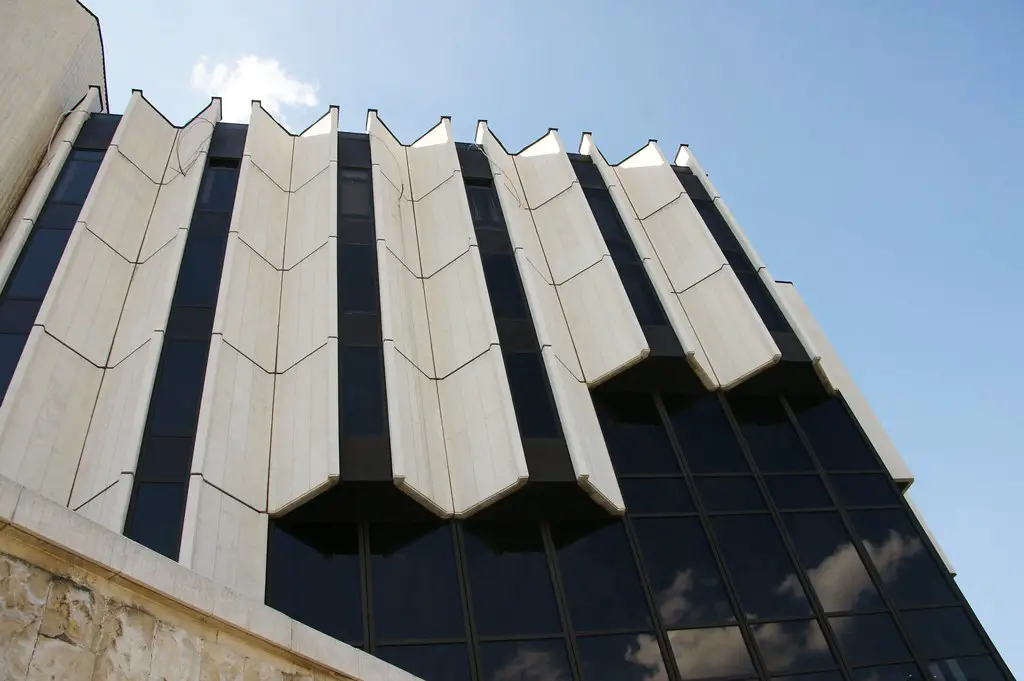
The National Palace of Culture (NDK) is a cultural and congress center in Sofia, Bulgaria. It is one of the largest multifunctional complexes in Southeast Europe.
What to see or do: The NDK has several concert halls, an art gallery, a large park, a cinema, and a variety of restaurants and cafes.
Visitors can attend music concerts, theater plays, and exhibitions.
Don’t miss: The panoramic view from the top of the NDK is breathtaking and offers a great perspective of the city. The park around the complex is ideal for a relaxing walk.
Insider travel tips: Check the NDK’s schedule of events before you visit to see what concerts or plays are taking place during your trip.
If you want a quieter environment, visit during the day when it’s less busy.
24. Srebarna Nature Reserve
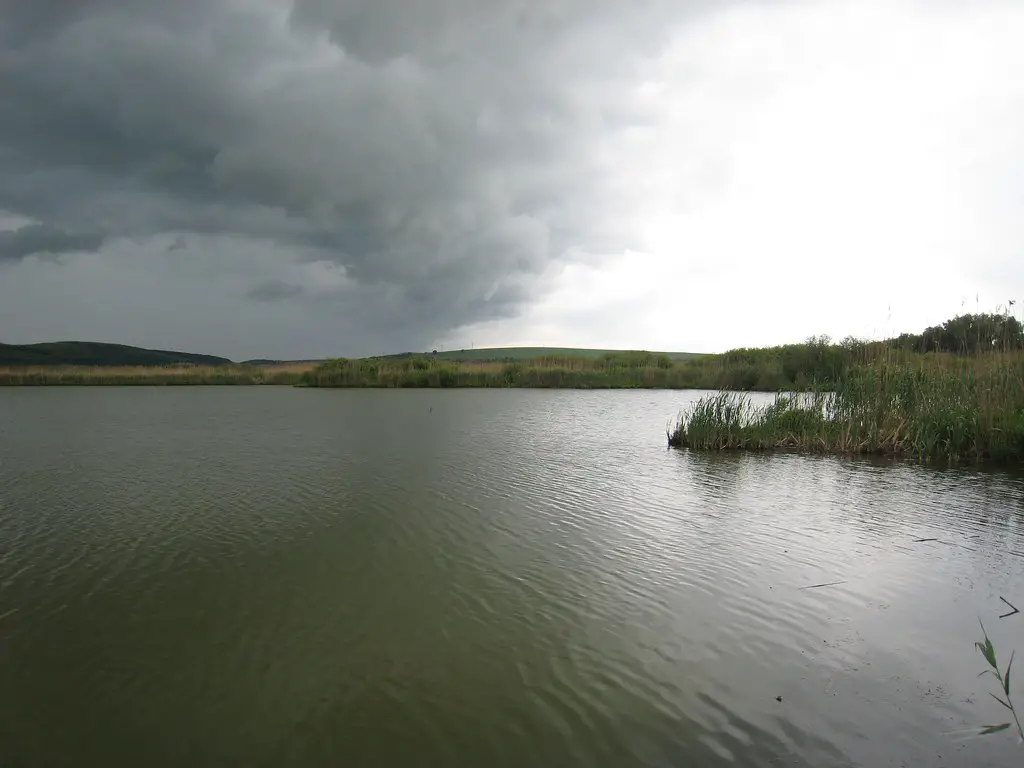
Srebarna Nature Reserve is a protected wetland area located in northeastern Bulgaria, near the Danube River.
What to see or do: Visitors to Srebarna Nature Reserve can take a walk on the specially designated trails to explore the diverse flora and fauna of the reserve.
Birdwatching is a popular activity here, as the reserve is home to nearly 200 bird species, including the endangered Dalmatian Pelican.
Don’t miss: Don’t miss the chance to take a boat tour on the lake, which offers a unique perspective of the reserve and its inhabitants.
The UNESCO-listed Srebarna Biosphere Reserve Ecological Museum is also worth a visit, providing a wealth of information about the history, ecology, and conservation efforts of the reserve.
Insider travel tips: – The best time to visit Srebarna Nature Reserve is in the spring and early summer (April-June), when the bird populations are at their peak.
25. Etar Ethnographic Complex
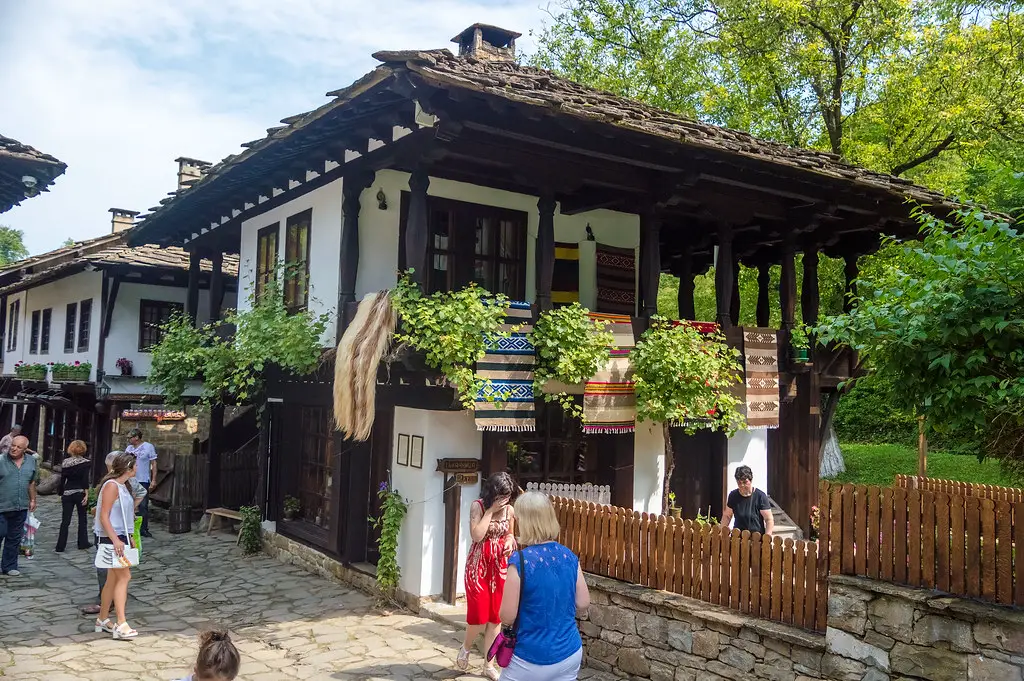
The Etar Ethnographic Complex is a living museum that showcases the Bulgarian way of life from the 18th and 19th centuries.
What to see or do: Visitors can explore houses, workshops, and artisan studios where traditional crafts such as pottery, weaving, and metalworking are demonstrated. There are also restaurants serving traditional Bulgarian food and shops selling locally-made souvenirs.
Don’t miss: Be sure to visit the water mill and the clock tower, which offer great views of the surrounding countryside. Also, don’t miss the chance to see the traditional dance performances and music shows that take place during summer weekends.
Insider travel tips: Plan to spend at least half a day here to fully appreciate all that the Etar Ethnographic Complex has to offer.
If possible, visit on a weekday to avoid crowds.
And while you’re in the area, be sure to explore the nearby outdoor museum of Sokolski Monastery and hiking trails in the surrounding forests.
26. Buzludzha Monument

Buzludzha Monument is a massive abandoned communist-era building located on top of a mountain in Bulgaria.
What to see or do: Visit the impressive structure that still bears the emblems of the Bulgarian Communist Party. Marvel at the mosaics and murals that once celebrated the nation’s socialist history.
Don’t miss: The panoramic view of the surrounding landscape from the balcony at the top of the building. It’s an incredible experience to see the Bulgarian countryside from such a unique vantage point.
Insider travel tips: The monument is located in a remote area and it’s recommended to visit it during the day. There’s no public transportation to Buzludzha, so renting a car is the easiest way to get there.
The building is abandoned and unsafe, so it’s recommended to stay on the outside and not to try to enter the structure.
27. Pamporovo Ski Resort
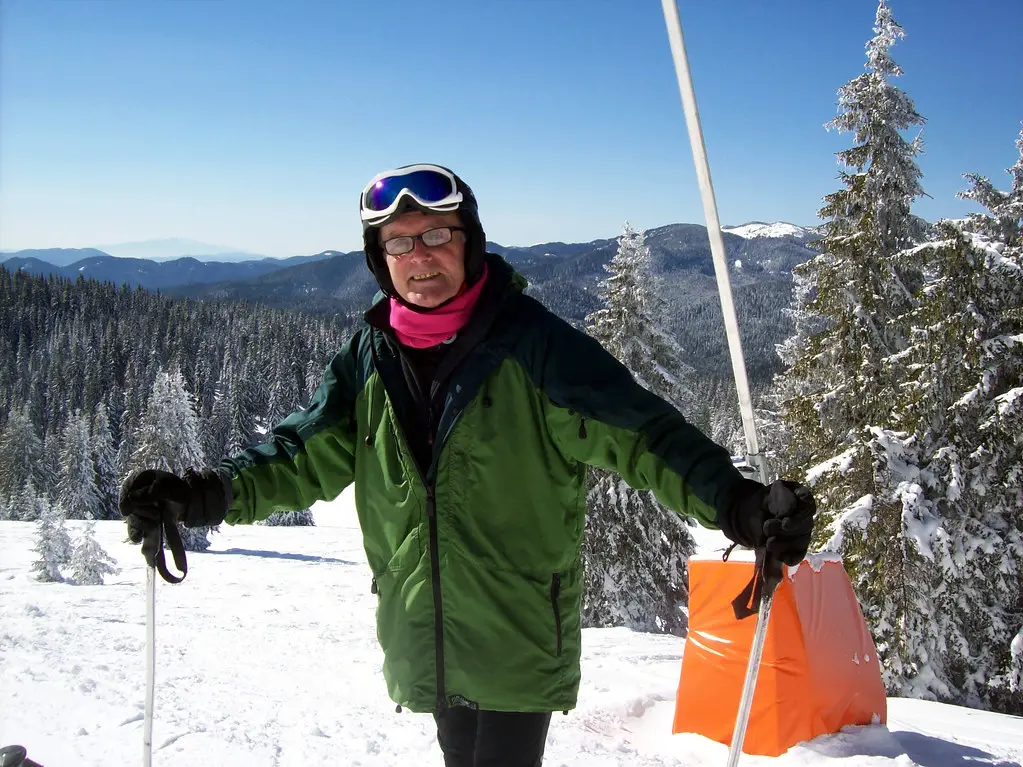
Pamporovo Ski Resort is a popular ski destination located in the Rhodope Mountains of Bulgaria.
What to see or do: – Ski or snowboard on over 37 kilometers of ski runs suited for all skill levels.
Don’t miss: – The Snezhanka Tower, a unique attraction that offers stunning panoramic views of the surrounding mountains.
Insider travel tips: – Check the weather forecast before planning your trip as the resort can experience frequent fog and low visibility.
28. Pirin National Park
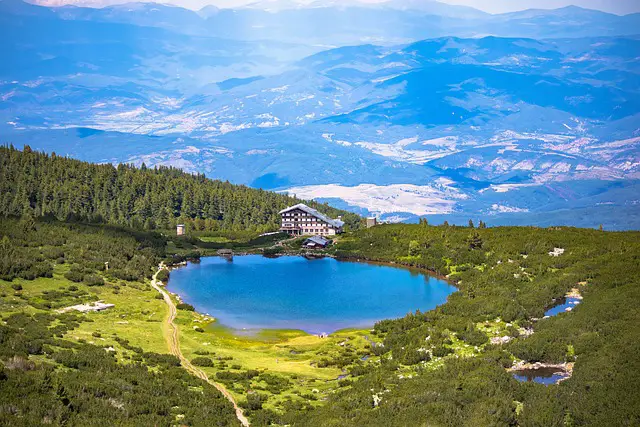
Pirin National Park is a protected natural area located in southwestern Bulgaria, covering an area of over 40,000 hectares.
What to see or do: Hiking is the most popular activity in Pirin National Park, with numerous trails leading through diverse landscapes, including alpine valleys, glacial lakes, and rocky peaks.
Visitors can also go skiing, snowboarding, and snowshoeing during the winter months.
Don’t miss: Be sure to check out the stunning Seven Rila Lakes, which are located on the northern side of Pirin National Park and offer a breathtaking hiking experience during the summer months.
Another must-see is the Baykusheva Mura, a 1,300-year-old tree that is one of the oldest in Europe.
Insider travel tips: The best time to visit Pirin National Park is during the summer months when the weather is mild, and the trails are clear.
Be sure to bring appropriate hiking gear, including sturdy shoes and plenty of water.
Additionally, if you plan on visiting the Seven Rila Lakes, try to arrive early in the day to avoid the crowds.
29. Belitsa Bear Sanctuary
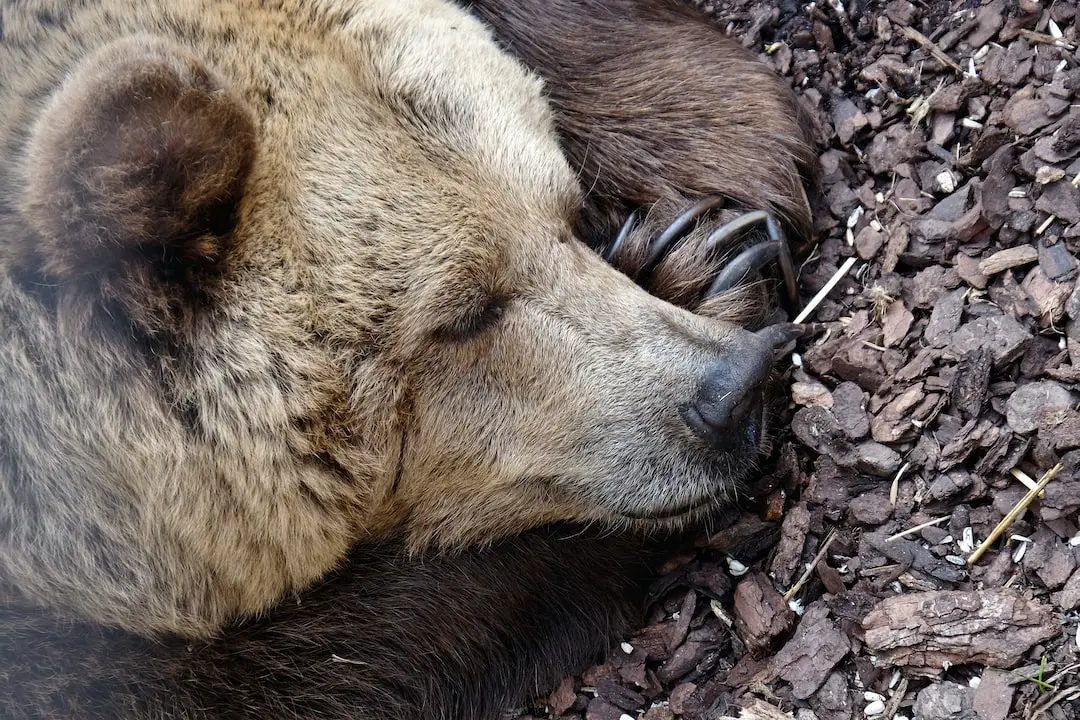
Belitsa Bear Sanctuary is a rescue and conservation center for brown bears located in the Rhodope Mountains of Bulgaria.
What to see or do: Visitors can go on guided tours to observe the bears in their natural habitats, learn about their behavior and biology, and gain an understanding of the threats they face in the wild.
Don’t miss: The sanctuary offers the unique opportunity to watch the bears during feeding time, which occurs twice daily. Visitors can also interact with the dedicated caretakers and learn about the bears’ individual stories and personalities.
Insider travel tips: – The best time to visit the sanctuary is between May and October when the weather is milder and the bears are more active.